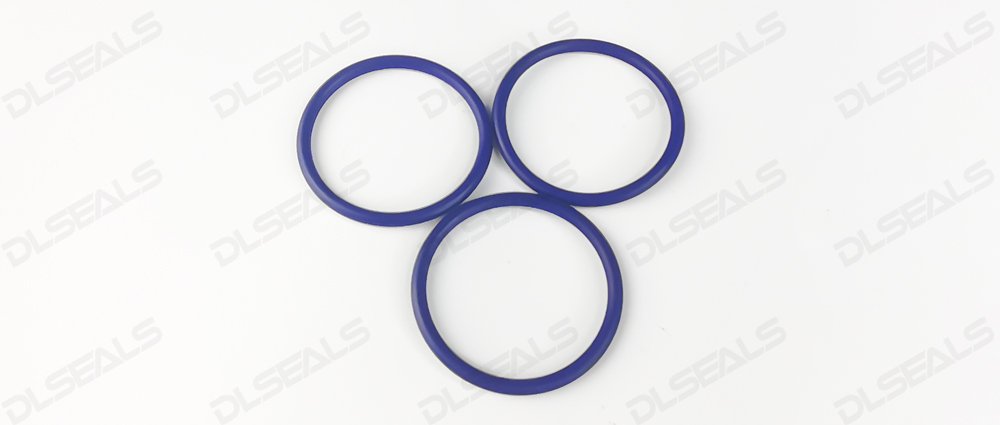Sealing plays a crucial role in ensuring the efficient operation and longevity of machinery across various industries. However, deciding whether to use a seal or not can be a critical decision with significant implications for performance, maintenance, and overall cost-effectiveness. In this article, we’ll explore the factors to consider when making the decision between sealing or not sealing machinery.
1. Understanding the Importance of Sealing:
Seals are essential components in machinery as they prevent leaks, contamination, and loss of pressure or fluid. They help maintain optimal performance and protect internal components from damage caused by debris, moisture, or harsh operating conditions. Whether to use a seal or not depends on the specific requirements and working environment of the machinery.
2. Factors to Consider:
Operating Conditions: Evaluate the operating conditions of the machinery, including temperature, pressure, speed, and exposure to contaminants. Seals are particularly beneficial in harsh environments where protection against dust, dirt, water, or chemicals is necessary.
Component Interaction: Consider how different components interact within the machinery. Seals may be needed to prevent leakage between moving parts, such as shafts, pistons, or valves. They also help maintain proper lubrication and prevent friction and wear.
Maintenance Requirements: Assess the maintenance requirements associated with sealing or not sealing machinery. While seals may require periodic inspection and replacement, they can help reduce overall maintenance costs by preventing costly repairs or downtime due to component failure.
Cost-Benefit Analysis: Conduct a cost-benefit analysis to determine the economic impact of using seals. Consider factors such as the initial cost of seals, potential savings from reduced maintenance and repairs, and the overall impact on machinery performance and lifespan.
3. Making the Decision:
Seal: If your machinery operates in demanding conditions, involves moving parts that require lubrication, or is prone to leaks and contamination, using seals is likely the best choice. Seals provide added protection, prolong component lifespan, and contribute to reliable performance.
No Seal: In some cases, machinery may operate in controlled environments with minimal exposure to contaminants or where the risk of leakage is low. In such situations, opting not to use seals may be feasible, especially if it helps simplify design, reduce costs, or improve accessibility for maintenance.
4. Conclusion:
The decision to seal or not to seal machinery depends on various factors, including operating conditions, component interaction, maintenance requirements, and cost considerations. By carefully evaluating these factors and considering the specific needs of your machinery, you can make an informed decision that maximizes performance, longevity, and cost-effectiveness. Whether you choose to seal or not, it’s essential to prioritize machinery reliability and efficiency to ensure optimal operation in the long run.
Post time: Mar-25-2024

